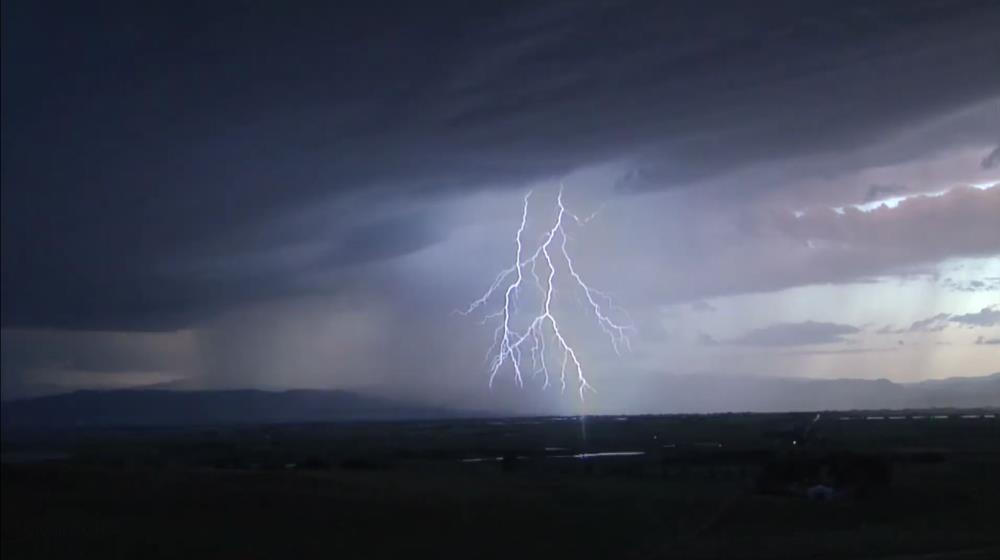
Related items loading ...
Section 1: Publication
Publication Type
Journal Article
Authorship
McCarter, Colin P. R.; Tutt, Emma; Moore, Paul A.; Furukawa, Alex K.; Verkaik, Gregory J.; Wilkinson, Sophie L.; Whittington, Pete; Waddington, James M.
Title
Hydrophysical Properties of Peat in Undisturbed and Smelter-Impacted Peatlands: Implications for Moss Recovery, Drought and Wildfire
Year
2024
Publication Outlet
John Wiley & Sons, Ltd, Hydrological Processes, Vol. 38, Iss. 12, e70034
DOI
ISBN
ISSN
0885-6087
Citation
McCarter, Colin P. R.; Tutt, Emma; Moore, Paul A.; Furukawa, Alex K.; Verkaik, Gregory J.; Wilkinson, Sophie L.; Whittington, Pete; Waddington, James M. (2024) Hydrophysical Properties of Peat in Undisturbed and Smelter-Impacted Peatlands: Implications for Moss Recovery, Drought and Wildfire, John Wiley & Sons, Ltd, Hydrological Processes, Vol. 38, Iss. 12, e70034,
https://doi.org/10.1002/hyp.70034
Abstract
Peatlands are critical for global climate regulation storing approximately 500 Gt of carbon and accounting for 33% of global soil organic carbon. Regionally, these ecosystems provide essential wildfire resilience and are important pollutant sinks but degradation puts these key ecosystem services at risk. Smelting operations in Sudbury, ON, Canada, released approximately 12000t of particulate copper and nickel into the atmosphere between 1883 and 1969. Toxic metal and sulphur deposition on peatlands from smelting activities caused the widespread decline of keystone peatland moss species (i.e., Sphagnum) and altered peat properties. The changes in peat hydrophysical properties due to historical metal contamination likely reduce peatland resilience to drought and wildfires, thereby increasing the potential for toxic heavy metal remobilisation; however, these peat properties changes have yet to be quantified. We determine 1) how historical smelter pollution impacts peat hydrophysical properties by measuring bulk density, saturated hydraulic conductivity and soil water retention in the upper 40?cm of both undisturbed (located ~160km outside the deposition region) and smelter-impacted peatlands, 2) use these data to explore the vulnerability of these peatlands to wildfires and drought and 3) assess the potential for natural Sphagnum moss recovery. Smelter-impacted peat had a significantly higher bulk density, lower macroporosity and saturated hydraulic conductivity that drove large differences in modelled soil water tension profiles during simulated drying events. These differences in soil water tension and retention profiles resulted in the smelter-impacted peat having a far greater proportion of the peat profile that would be susceptible to smouldering combustion than the undisturbed peat. Additionally, the smelter-impacted peat properties likely contributed to the limited Sphagnum moss recovery, while concurrently increasing drought and wildfire risk. As such, we argue that contaminated peatland restoration is necessary to enhance Sphagnum moss recovery to mitigate toxic metal remobilisation risk from drought and wildfire.
Plain Language Summary
Section 2: Additional Information
Program Affiliations
Project Affiliations
Submitters
Publication Stage
Published
Theme
Presentation Format
Additional Information
Keywords: drought; ecohydrology; fire; heavy metals; hydrophysical properties; peat mosses; peatland degradation; wetland


 GWFNet
GWFNet Master
Master Data
Data Research
Research Map
Map
 Advanced
Advanced Tools
Tools
 . . .
. . .
 Metadata Editor
Metadata Editor
 Record List
Record List
 Alias List Editor
Alias List Editor
 Legacy sites
Legacy sites